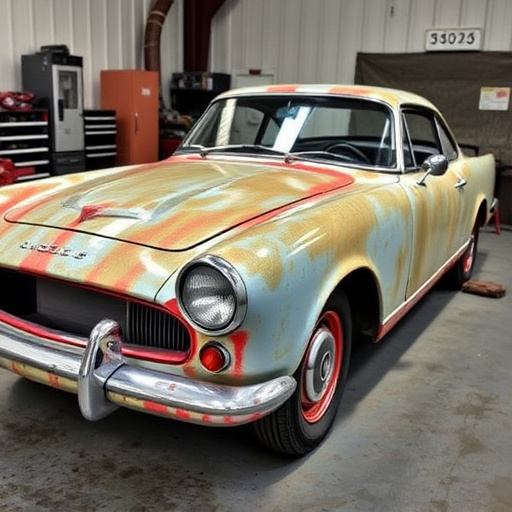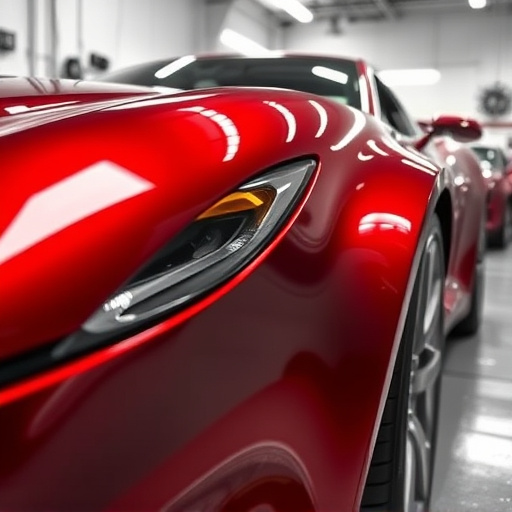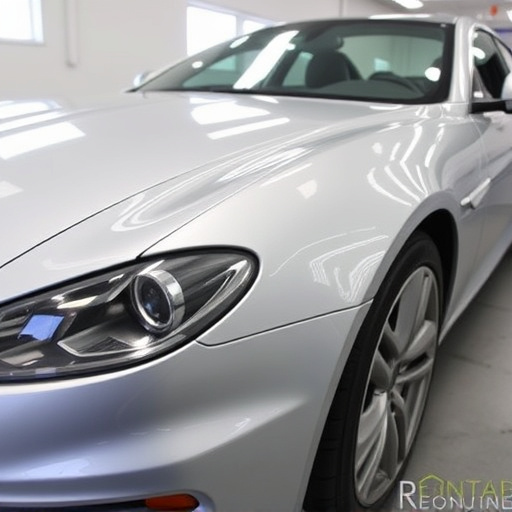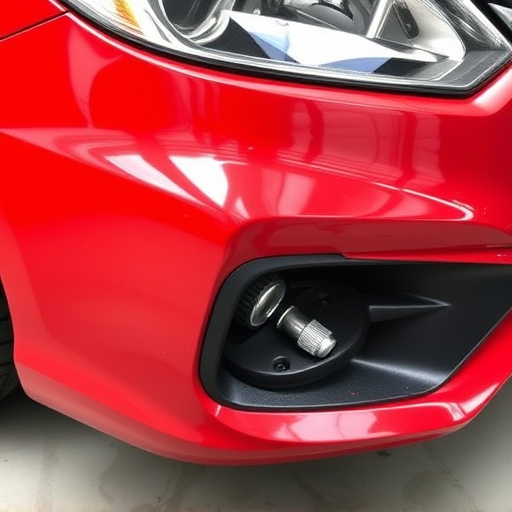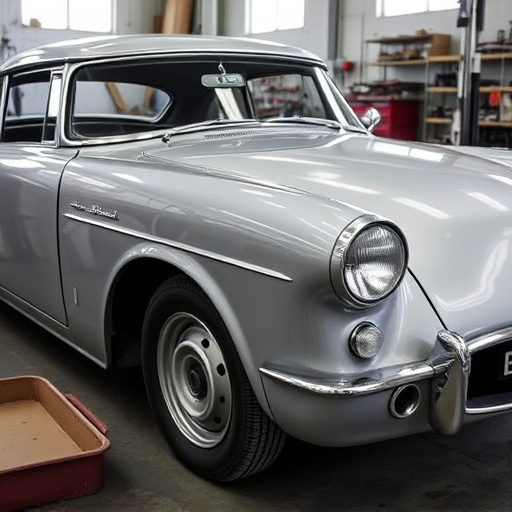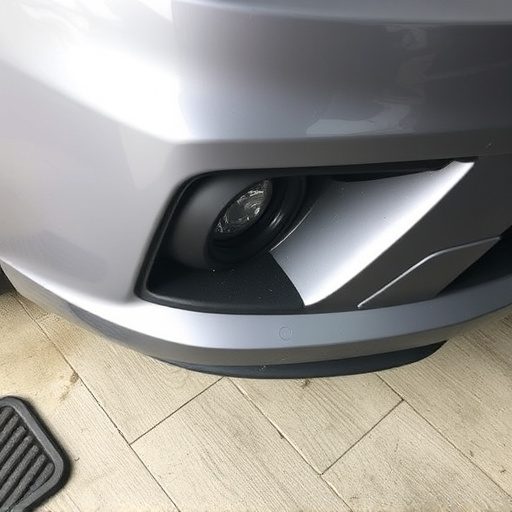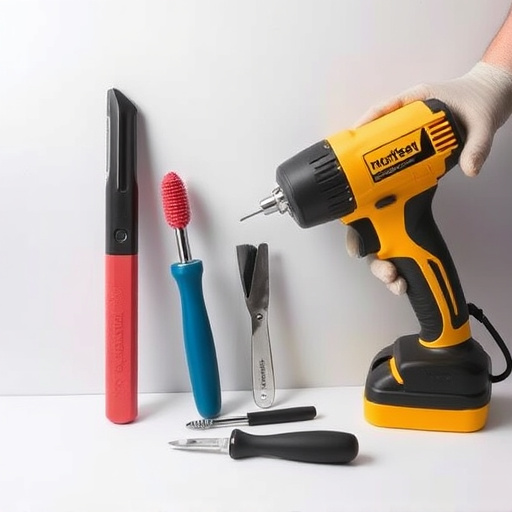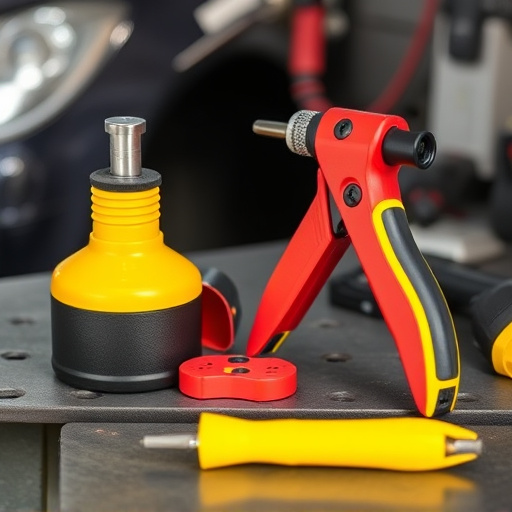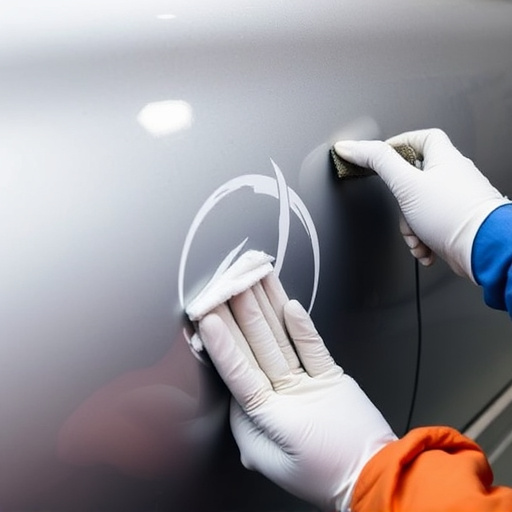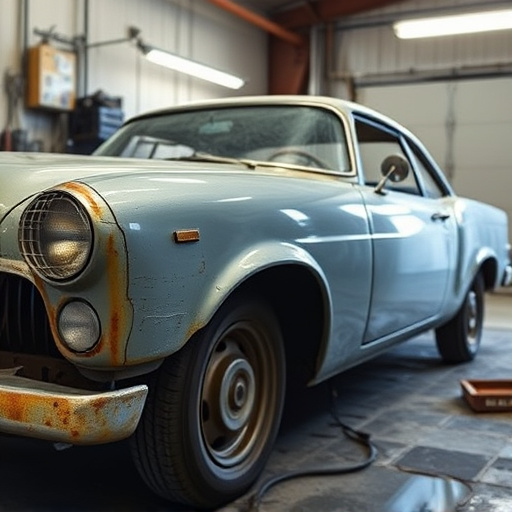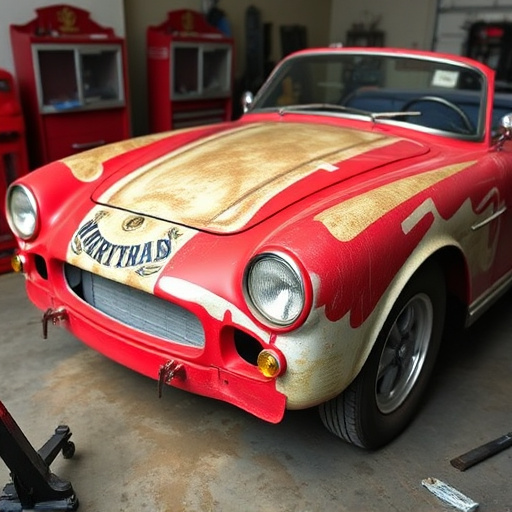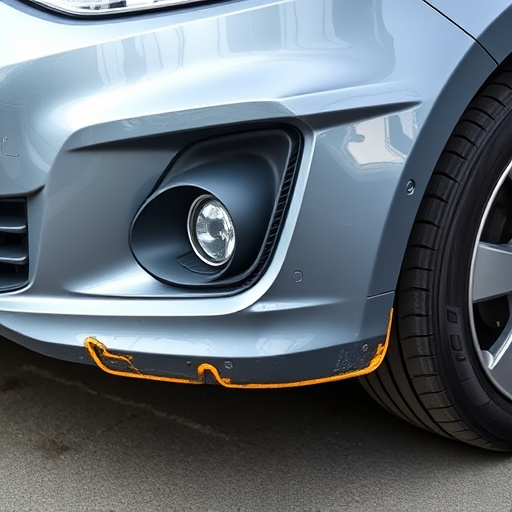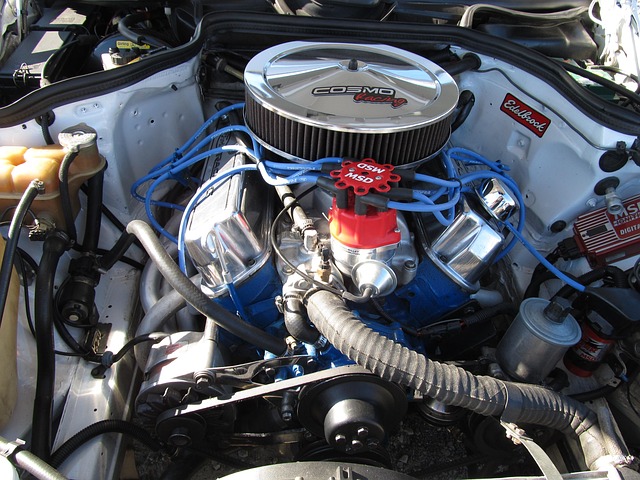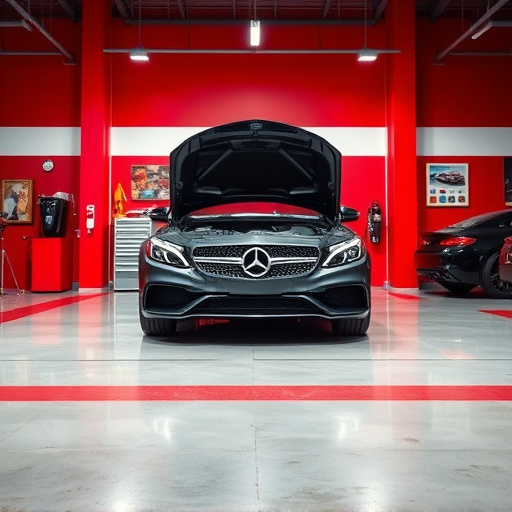Tesla camera housing repairs are increasingly sought by electric vehicle owners due to the critical role integrated cameras play in advanced driver-assistance systems (ADAS) and autonomous driving features. Common issues include water damage, physical impact, and software glitches. Repairs require a blend of mechanical skill and automotive technology knowledge, with thorough understanding and integration checks for optimal performance. The process involves removing faulty modules, ensuring compatibility with software updates, precise matching to original specs, and rigorous testing. Firmware integration checks are vital to prevent conflicts or glitches, ensuring a seamless driving experience and assured reliability in digital components.
Tesla vehicles are renowned for their advanced technology, but even these innovative cars aren’t immune to issues. One common problem is the failure of the Tesla camera housing, which can impact safety features and overall driving experience. This article guides you through the process of repairing your Tesla’s camera housing, from understanding common failures to a step-by-step repair guide. We also delve into firmware integration checks, ensuring optimal performance after the fix. Learn how to tackle this challenge head-on with confidence.
- Understanding Tesla Camera Housing Failures
- The Repair Process: Step-by-Step Guide
- Firmware Integration Checks: Ensuring Optimal Performance
Understanding Tesla Camera Housing Failures
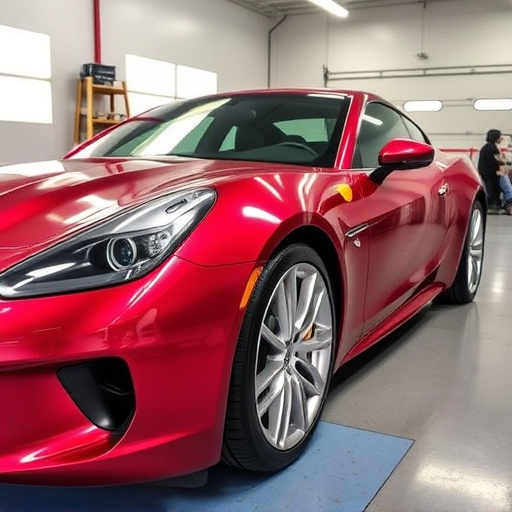
Tesla camera housing repairs are a growing need among electric vehicle owners due to the sensitive nature of these components. The cameras integrated into Tesla vehicles play a crucial role in their advanced driver-assistance systems (ADAS) and autonomous driving capabilities. Over time, these cameras can fail due to various reasons, including extreme weather conditions, road debris, and constant use. Understanding these failures is key to providing effective repairs.
One common issue is water ingression, which can cause severe damage to the delicate camera electronics. Impact or trauma to the housing itself from road hazards or accidents also frequently requires repair. Additionally, software glitches or outdated firmware can impact performance, underlining the importance of integration checks during any Tesla camera housing repair process. Unlike conventional car bodywork repairs, these fixes demand a blend of mechanical expertise and deep knowledge of automotive technology, especially in vehicles like Mercedes Benz, known for their advanced electrical systems.
The Repair Process: Step-by-Step Guide
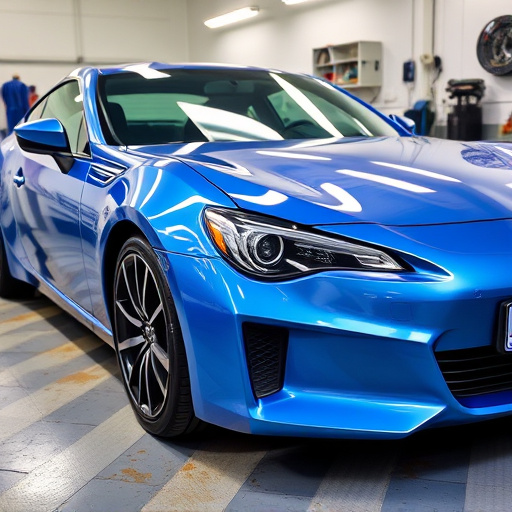
The Tesla camera housing repair process involves several meticulous steps to ensure optimal performance and aesthetic restoration. It begins with a thorough inspection of the damaged area, identifying any cracks or defects in the housing. The next step is to carefully remove the faulty camera module while ensuring proper handling to avoid further damage. Once extracted, the old firmware is checked for compatibility; if outdated, an integration check ensures seamless functionality with Tesla’s software updates.
Subsequent stages include preparing a new or repaired housing, ensuring it matches the vehicle’s original specifications. This involves precise measurement and molding, sometimes requiring advanced techniques like 3D printing for complex shapes. After fitting, the camera module is reinstalled, followed by rigorous testing to verify its operation and image quality. Finally, a meticulous auto detailing process polishes the repair, making it virtually indistinguishable from the vehicle’s original body work, seamlessly integrating into the car scratch repair and overall vehicle body repair.
Firmware Integration Checks: Ensuring Optimal Performance
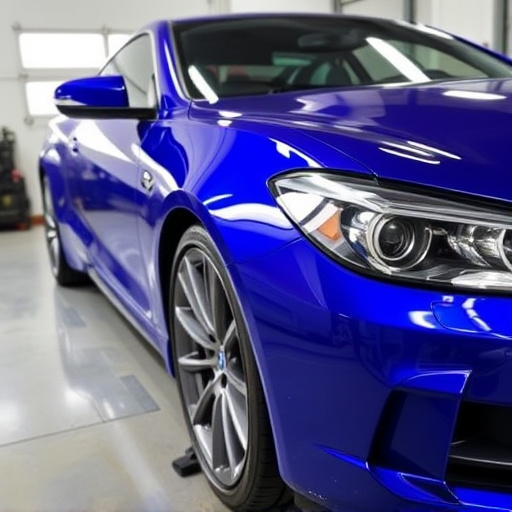
When it comes to Tesla camera housing repair, Firmware Integration Checks play a pivotal role in ensuring optimal performance. These checks are crucial for verifying that the updated firmware seamlessly integrates with other systems within the car, such as advanced driver-assistance features (ADAS) and autonomous driving capabilities. By thoroughly examining this integration, technicians can identify any potential conflicts or glitches that may compromise the safety and efficiency of the vehicle’s sensors and cameras.
Proper firmware integration is akin to ensuring a well-rehearsed symphony in a orchestra. Each component—from the camera housing to the central processing unit—must work in harmony for the overall system to function at its best. By conducting these checks, Tesla owners can rest assured that their vehicles are equipped with reliable and up-to-date technology, enhancing both their driving experience and safety on the road. Think of it as a fender repair for the digital age, where meticulous attention to detail is key to keeping your vehicle’s advanced systems in top shape, just like a expertly executed car paint repair or precise frame straightening would for its physical components.
In conclusion, Tesla camera housing repair is a multifaceted process that requires a deep understanding of both mechanical and software components. By following a meticulous step-by-step guide and conducting thorough firmware integration checks, owners can ensure their vehicles’ cameras function at optimal levels. This article has provided valuable insights into addressing Tesla camera housing failures, empowering owners to tackle these repairs with confidence. For those seeking to optimize their Tesla’s capabilities, understanding the intricacies of this process is a key step in maintaining a top-performing vehicle.
